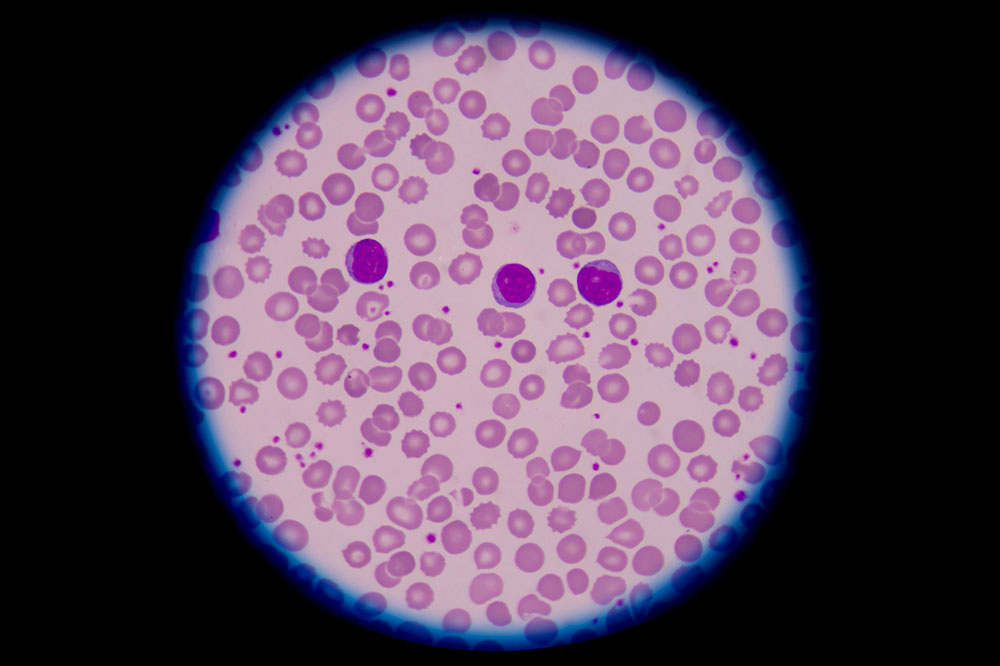Understanding Myelofibrosis: Symptoms, Causes, and Treatment Strategies
Myelofibrosis is a rare bone marrow disorder characterized by scarring and abnormal blood cell production. Symptoms like anemia, spleen enlargement, and bleeding can be managed with treatments such as transfusions and hormone therapy. Although a cure like stem cell transplant exists, it’s not suitable for everyone. Early diagnosis and personalized care are crucial for managing the condition and preventing complications. Understanding the symptoms, risk factors, and treatment options can help individuals seek timely medical attention and improve their quality of life.

Understanding Myelofibrosis: Symptoms, Causes, and Treatment Strategies
Myelofibrosis is an uncommon type of bone marrow cancer that impairs blood cell production. It involves scarring within the bone marrow, leading to low platelet levels and a higher risk of bleeding. Anemia is one of the primary symptoms. Although the disease progresses gradually, symptoms become more noticeable as it advances. Managing myelofibrosis involves various treatment options aimed at alleviating symptoms. Here are key insights into this condition:
Signs and Symptoms
In its early stages, myelofibrosis may not show obvious symptoms. As it worsens, signs appear, including:
Breathlessness
Extreme fatigue
Bruising easily
Fullness or pain below the ribs, especially on the left, due to an enlarged spleen
Sudden bleeding tendencies
Night sweats
Fever and bone pain
If these symptoms are noticed, prompt medical consultation is essential. Healthcare providers can prescribe diagnostic tests and personalized treatment plans for symptom relief.
Causes and Risk Factors
Myelofibrosis develops when stem cells in the bone marrow acquire DNA mutations. These stem cells are vital for generating red blood cells, white blood cells, and platelets. Mutations cause abnormal cell reproduction, impacting blood cell production—reducing red blood cells and increasing white blood cells. While the precise trigger remains unknown, certain factors raise the risk:
Age: Mainly affects individuals over 50, though it can occur at any age.
Radiation Exposure: Long-term exposure to high radiation levels increases risk.
Chemical Exposure: Contact with chemicals like benzene or toluene has been linked to higher incidence.
Other Blood Disorders: Conditions like polycythemia vera may predispose to myelofibrosis.
Potential Complications
The disease can lead to various complications, including:
Increased blood flow and pressure in the liver due to an enlarged spleen, risking ruptures and bleeding in stomach veins or esophagus
Abdominal and back pain from spleen enlargement
Formation of abnormal blood cell clusters outside bone marrow, forming tumors that may bleed or compress nearby structures, leading to seizures or spinal issues
Bleeding due to decreased platelet function and count as the disease advances
Treatment Options
While there is no definitive cure, management aims to control symptoms. Bone marrow transplants might be curative but are often intense and unsuitable for many patients. Treatment strategies depend on disease severity and risk level, categorized as low- or high-risk.
For anemia, common approaches include:
Blood Transfusions: To counteract severe anemia symptoms like fatigue.
Hormone Therapy: Synthetic androgens may boost red blood cell production but carry potential liver risks.
For spleen-related issues, physicians can recommend various supportive treatments. Always consult healthcare professionals to ensure appropriate and personalized care.









